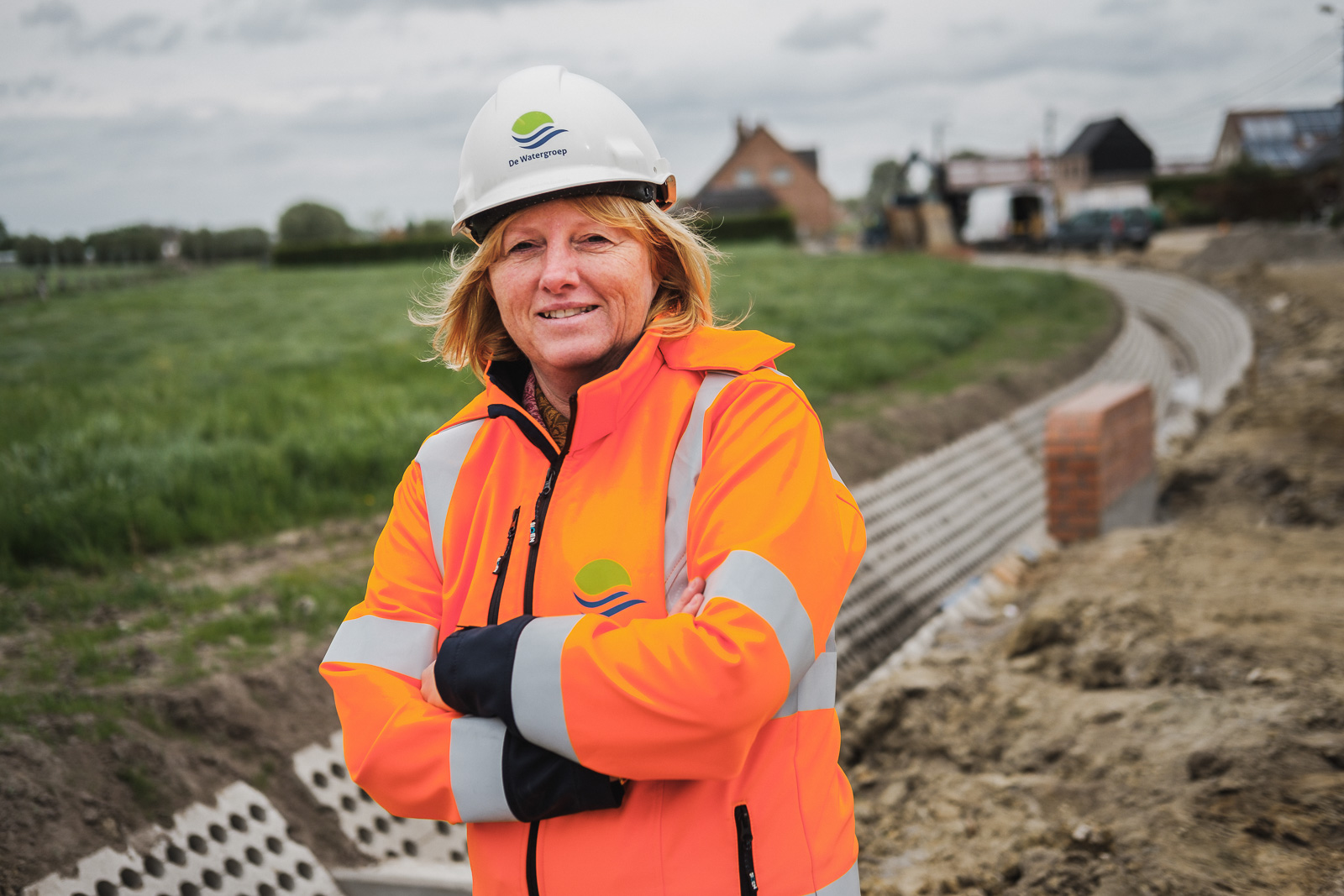Flat rate
New: everyone pays the same for sewer connection
Up until 2018, the price of a sewer connection was based on the amount and complexity of the work required. In 2019, however, Riopact decided to work out an average price as the basis for a uniform rate.

Up until 2018, Riopact charged a specific fee for each sewer connection. This price was determined by the distance between the home and the sewer grid, the amount of work required to arrange a connection and the complexity of that connection; in other words, the trickier the connection, the more our customers paid. “We thought that system was unfair: customers can’t help it if the sewer grid is located on the opposite side of the road, for example”, Head of Riopact Simon Stevens explains. “That’s why in 2019, we decided to analyse the average cost of a sewer connection in Riopact’s operating area. We then used that average to set a uniform rate. From 2020, everyone will pay €1,760 for a domestic sewer connection. Generally speaking, this amount covers all of our costs. The benefit for customers is that they know straightaway how much their connection will cost. On top of that, we are preventing situations where people living on the same street or in the same municipality pay different rates. By applying a flat rate, Riopact is following the example set by drinking water connections, which have been subject to a flat rate for some time.